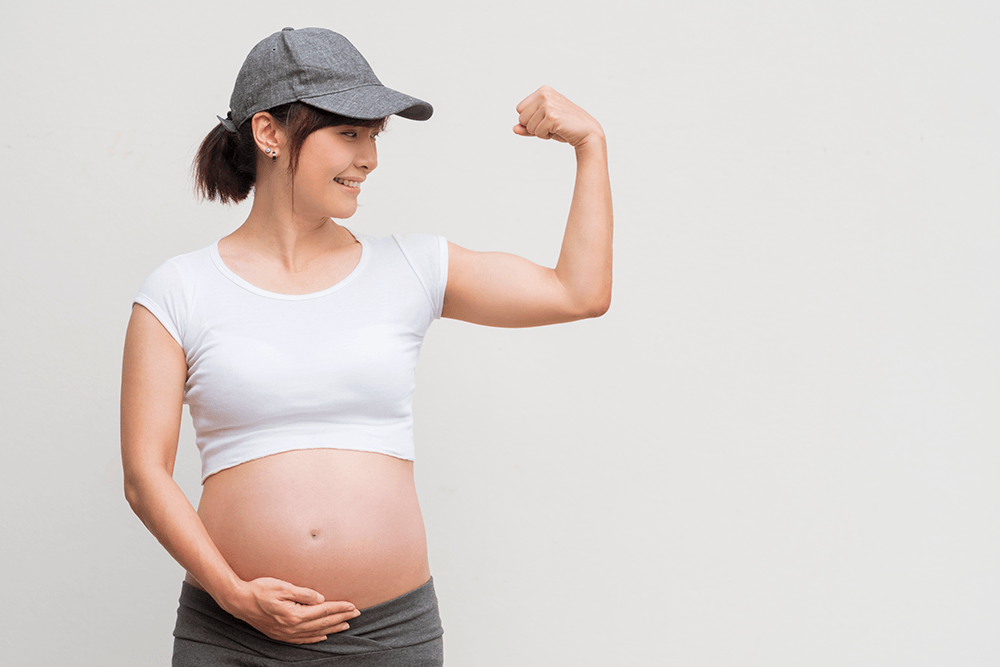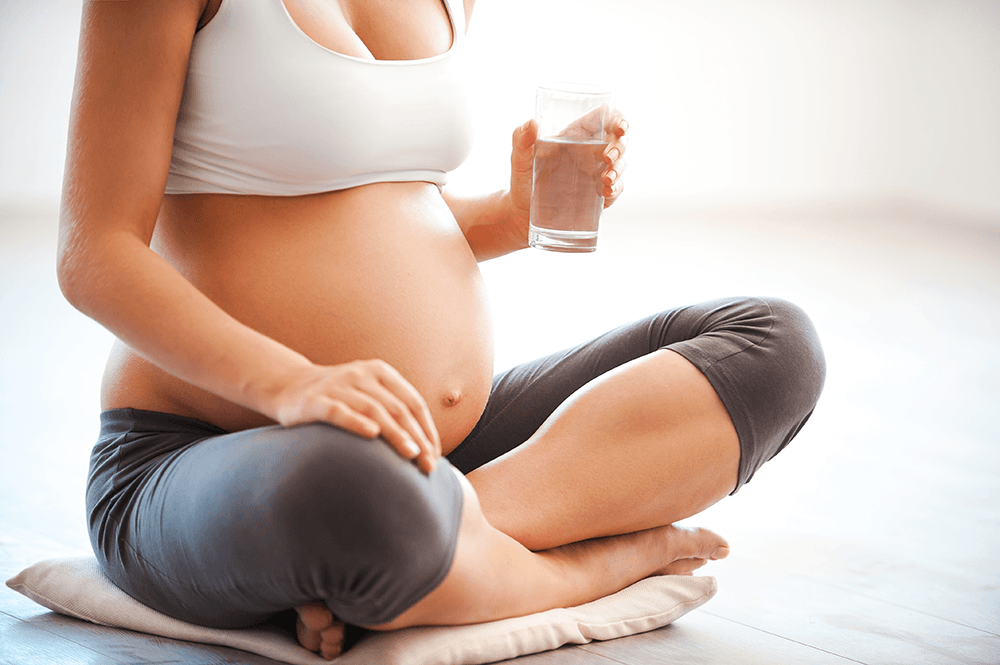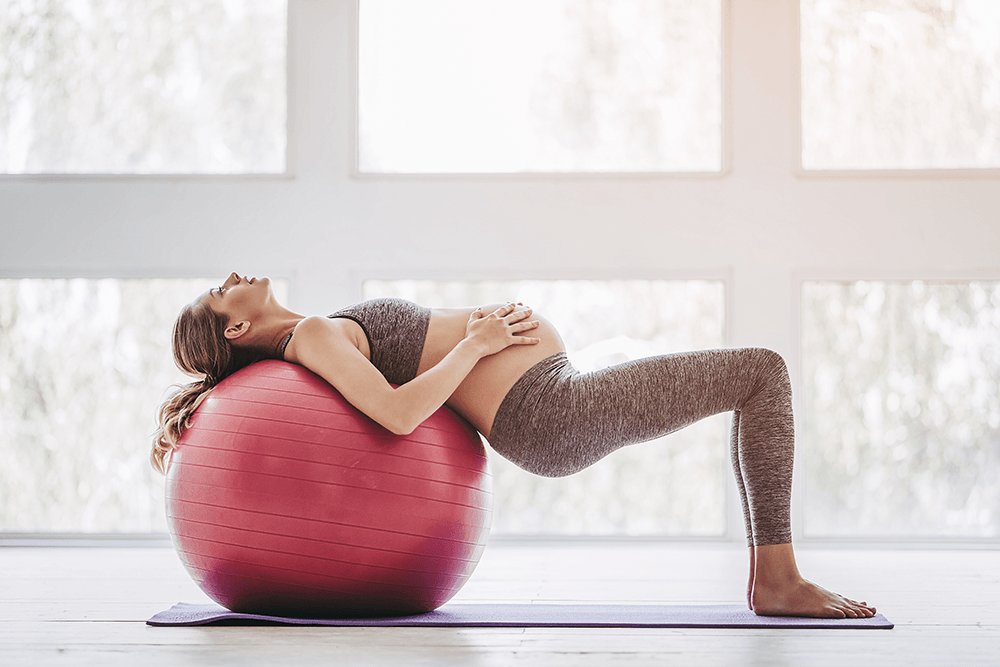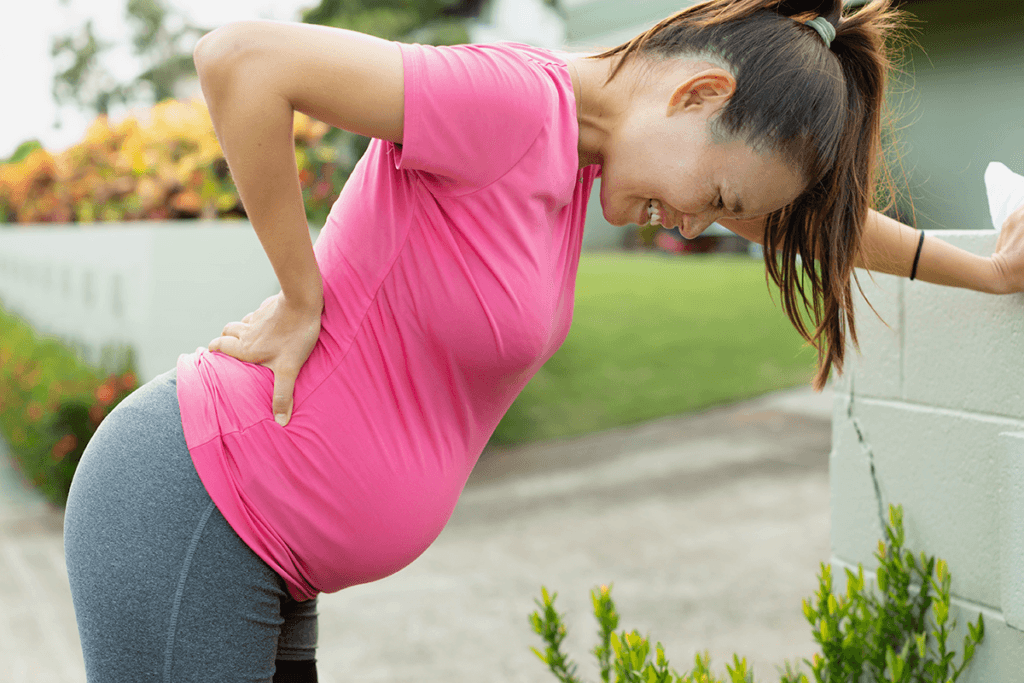Find out the truth about pregnancy exercise, including its many benefits to one’s physical and emotional health!
Table of Contents
What are the health benefits of pregnancy exercise?
How can you exercise safely during pregnancy?
When is it unsafe to exercise during pregnancy?
What are safe pregnancy exercises?
– First trimester pregnancy exercises
– Second trimester pregnancy exercises
– Third trimester pregnancy exercises
When should you stop exercising during pregnancy?
Skip ahead to any section you find the most interesting!
Once you get pregnant, your loved ones will more often than not display a heightened sense of concern for your safety. They may, for instance, express a wee bit of displeasure at your terrible eating habits (well, there are certain foods to avoid during pregnancy) or insist that you do not take that one flight of stairs.
While some concerns they raise are perfectly normal, some are really quite unreasonable—especially when they say that it’s unsafe to exercise during pregnancy and just want you to rest, eat, take it easy, slow down, rest, and rest some more.
If you ever encounter someone who says this to you, feel free to show them this article, mama. Because not only is exercise a welcome activity, but it’s actually encouraged during pregnancy!
And there’s no need to worry at all if you are. In fact, there’s a scientific study proving that modern and high-intensity exercises are safe even for the fetus in normal pregnancies. The American College of Obstetricians and Gynecologists (ACOG) also adds that “physical activity does not increase your risk of miscarriage, low birth weight, or early delivery” as long as you are healthy and have a normal pregnancy.
If you want to learn more about pregnancy exercise, you’ve come to the right place. From its astounding health benefits to the variety of workouts you can do, we’ve rounded them all up here.
The Health Benefits of Pregnancy Exercise
Before you got pregnant, your exercise goals may have revolved around maintaining your weight or gaining muscles. But when you’re pregnant, your priority shifts to exercising to simply stay active and healthy.
Did you know that by incorporating pregnancy-suitable exercises into your routine, you’re immediately reducing your risk of gestational diabetes?
But just how much exercise should you put in? According to experts, you should incorporate at least 20 to 30 minutes of moderate to intense physical activity per day. The guidelines add that exercise should be done at least three days per week, but ideally every day.
According to ACOG, here’s how exercise during pregnancy benefits you:
- Reduces back pain
- Eases constipation
- May reduce the risk of developing gestational diabetes, preeclampsia, and cesarean delivery
- Promotes healthy weight gain during pregnancy
- Improves overall fitness
- Strengthens the heart and blood vessels
- Helps you to lose the baby weight after childbirth
But prenatal exercise’s benefits go far beyond the physical. It’s also a great way to reduce stress and manage anxiety since exercise improves serotonin levels in our brains.
Pregnancy Exercise Safety Tips
Yes, exercising during pregnancy is safe but you must first secure your obstetrician or healthcare provider’s approval before diving in headfirst even if you’ve long been a fitness enthusiast. If you’re completely new to this and want to be more active, it is still generally safe but you may need to be more cautious to avoid overexerting yourself.
Before you go ahead and plan your prenatal exercise routine, here are a few things to remember to ensure your safety:
- Do not exercise to the point of exhaustion or beyond your current fitness level.
- Warm-up your muscles and joints before exercising. After exercising, cool down to minimize muscle soreness.
- Stay hydrated to avoid dehydration and overheating.
- Wear comfortable and light clothing. Also, opt for clothes that provide lots of support.
- Wear supportive, non-slip shoes.
- Avoid contact and competitive sports, and hot yoga.
- After the first trimester, avoid activities that require you to lay flat on your back for too long.
- Avoid exercises that require too much bouncing or leaping.
- Do not exercise in hot environments.
When Is It Unsafe to Exercise During Pregnancy?
While physical activity is recommended for every pregnant woman, a small percentage may not be medically allowed to do so. These include those who may be suffering from the following conditions:
- Preeclampsia or high blood pressure
- Cervical problems
- Severe anaemia
- Lung or heart conditions
- Placenta previa
- Being pregnant with multiples
- Preterm labour
What Are Safe Pregnancy Exercises To Do
In general, cardiovascular exercises are the best and safest workouts to do all throughout your pregnancy. But some strength training or weight lifting exercises can also be done safely throughout pregnancy.
If you’re looking for a specific routine for each trimester, here are our recommendations on what you can do.
Keep in mind that some of the exercises can also be done all throughout the three trimesters as well. Just remember to observe what you feel and don’t take unnecessary risks, mums.
Pregnancy Exercises in the First Trimester
Here are the safe exercises and workouts for the first trimester!
- Jogging or Running
At the beginning of your pregnancy, there’s no baby bump throwing you off balance (although there may be nausea here and there) so jogging can be a great way to inject physical activity into your routine. If you’re a runner, you may have to reduce the mileage and speed you usually go for.
- Low-intensity to moderate weightlifting
As long as you do it the correct way, there’s no reason to be afraid of weight lifting or resistance training. Some studies have actually highlighted that those who lifted weights have a lower chance of cesarean delivery and preterm labour, and shorter active labours. During the first trimester, you can go for moves that target areas such as your back, shoulders, chest, biceps, triceps, quads, glutes, calves, and core.While being in the first trimester leaves you with more leeway in terms of the specific weightlifting exercises you can do, moving into the second and third trimesters mean that there are certain moves to be avoided. These may include core exercises, moves that require you to lay on your back for long periods.
- Dancing
Does dancing count as exercise? It sure does! Through dancing, mums can find relief from pregnancy symptoms, improve their stamina, and shorten their postpartum recovery period. Of course, avoid routines that include jumping, leaping or twirling.
Pregnancy Exercises in the Second Trimester
Here are the safe workouts to do in the second trimester!
-
Yoga
Although you can start practising yoga in the first trimester, some pregnant mums often struggle with morning sickness during this period. When the second trimester rolls in, nausea may be gone so it’s the perfect time to grab a yoga mat!
According to experts, yoga isn’t just a great way to develop body strength but also teaches you skills that you will need during labour such as deep breathing and relaxation. Yoga can still be done until the third trimester but you need to avoid dangerous poses such as headstands, backbends, abdominal twists and other poses that require you to lay on your back.
-
Kegels
Like most exercises in this article, kegel exercises can be done as early as the first trimester. But since most mums don’t usually have the energy during the first trimester, it’s perfectly fine to start in the second trimester. Do it at least twice a week so you can reap its benefits such as improved bladder control, stronger pelvic muscles, and reduced risk of faecal incontinence. Even better, it’s great preparation for labour and birth!
-
Indoor cycling
According to the American Pregnancy Association, cycling or biking is a great form of exercise for expecting mums because it doesn’t put too much stress on the body. Although cycling outdoors is a fantastic way to enjoy nature too, a stationary bike may be better suited during pregnancy because of the lower risk of falling.
-
Pilates
Like yoga, there are specific pilates classes designed for pregnant mums. With this kind of pregnancy workout, expect to experience some relief from backaches, an improvement in your posture, and flexibility.
Pregnancy Exercises in the Third Trimester
Here are the safest ways to get some exercise during the third trimester!
-
Walking
Walking is the safest, simplest and most practical exercise every pregnant mum can do. According to ACOG, brisk walking is already a total body workout without being hard on your muscles and joints. There’s no special equipment needed, just a pair of good shoes. What’s great about this is it barely feels like a workout because walking can be integrated into your routine so seamlessly. Plus, walking is a good exercise from the first trimester and until the third trimester.
-
Swimming or Water Aerobics
In the third trimester, you’re probably waddling and suffering from back pains Swimming is a perfect exercise to address these issues because being in the water helps support your weight, giving you some relief from common pregnancy aches and pains.
When going out for a swim, invest in a good swimsuit that fits well, always have someone to accompany you, and watch your step. If you’re going for a swim under the sun, make sure you stay hydrated, wear sun protection or a hat.
When Should You Stop Exercising During Pregnancy?
Not everything is in our control. No matter if you’re a longtime fitness enthusiast or just started exercising yesterday, stop immediately and contact your obstetrician if you experience the following:
- Vaginal bleeding
- Headache
- Dizziness
- Shortness of breath before you start exercising
- Chest pain
- Painful contractions
- Fluid leaking from your vagina
- Calf pain
- Muscle weakness that puts you off balance
The Takeaway
When it comes to exercising during pregnancy, one of the most important things you must consider as a mum is to listen to your body. While science and research have proven that pregnancy exercises are safe, it’s just as crucial to know your limits and understand when it’s time to slow down.
And if you’re feeling a little tired after your first session, there’s always Mama’s Choice Relaxing Massage Oil to help you relax after working out. Specially formulated for pregnant and breastfeeding mums, our massage oil is made from 100% natural ingredients with no artificial fragrances or preservatives. Its blend of natural oils helps to ease tension, calm your mind, and relax your body.
Did you like this article? Click the share button and help us grow the Mama’s Choice community! Got a suggestion on what we should write about next? Drop us an email at [email protected]! Follow us on Facebook and Instagram, too!
Mama's Choice Team
The Mama's Choice PH team is composed of three Mamas who are dedicated to spoiling their little ones with lots of cuddles, playtime and the occasional sweets, of course. <3
















